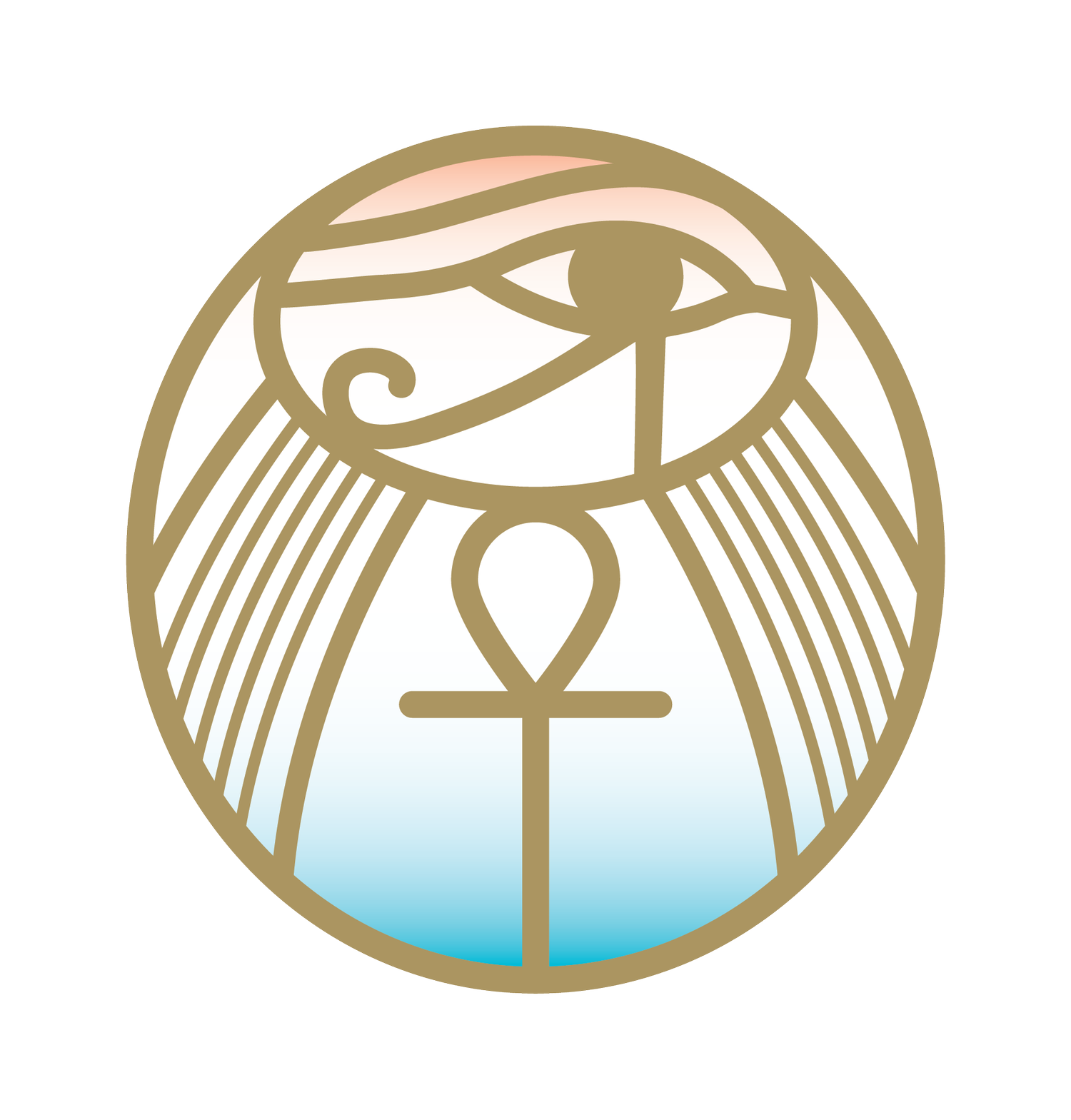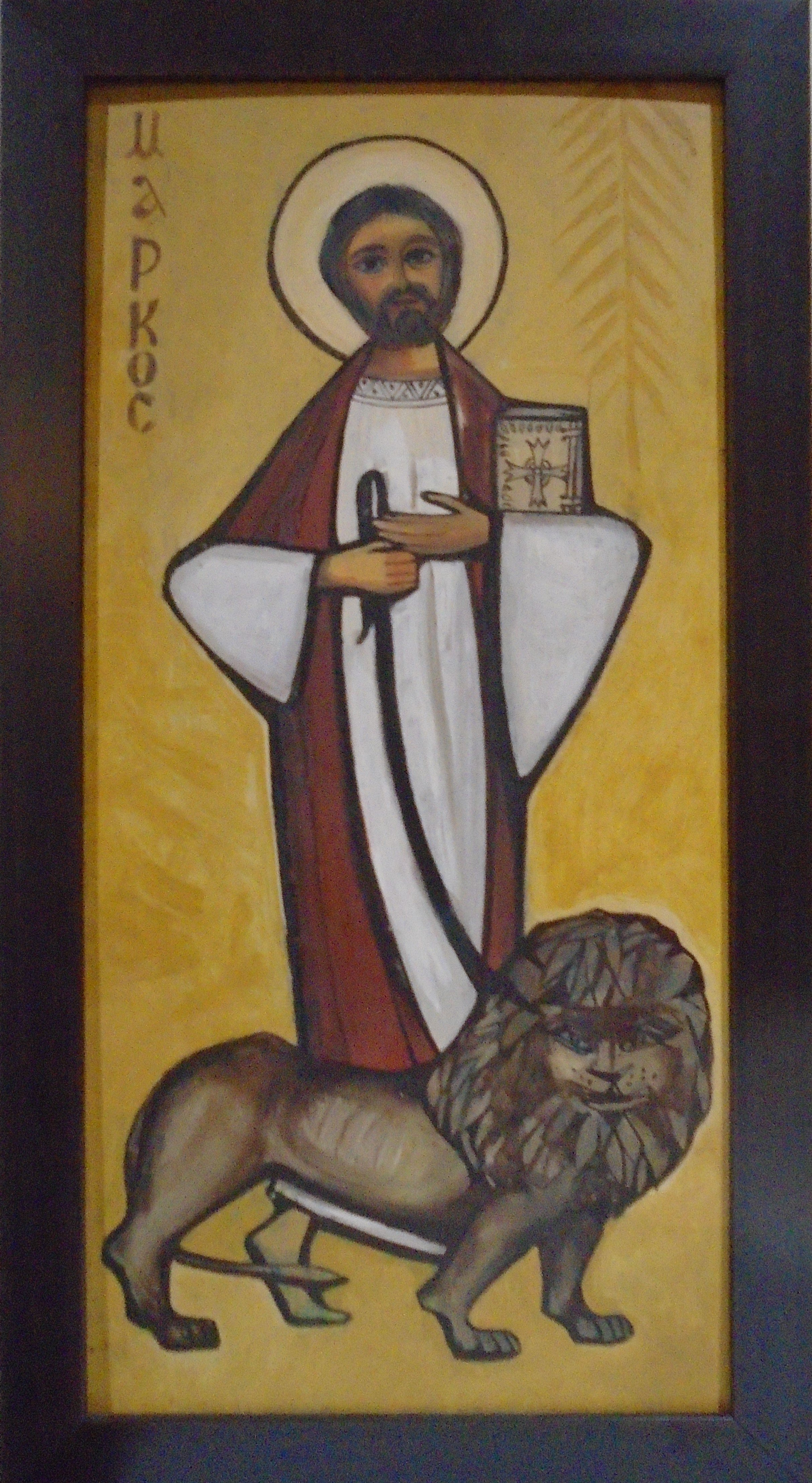
ISAAC FANOUS ICONS
Isaac Fanous (1919-2007), Father of Neo-Coptic Iconography. Fanous almost single handily resurrected the sacred art of Coptic icons in the 20th century which earned him the name “Father of Neo-Coptic Iconography”. He started his career as an architect. In 1940 his passion for art led him to study sculpture at the Institute of Applied Arts (Cairo) followed by studies at the Art Education Institute (Cairo). In 1954, when the Department of Coptic Art was established in the Coptic Orthodox Higher Institute of Coptic Studies (Cairo), Fanous was at first appointed Instructor and later Professor and Head of the department, a position he held until his passing.
A turning point in Fanous’ career as an artist was the opportunity in 1965 to study icons and icon restoration at the Ecole du Louvre (Paris, France). Under the tutelage of the distinguished Russian iconographer and iconologist Leonid Ouspensky, Fanous was imbued with a passion as an artist and a theologian. It was however when he was studying the artefacts in the Coptic Museum of Cairo and the Egyptian Museum that he recognized a strong sense of continuity in artistic expression. Thereafter he sought to create a modern concept of iconography which attempted a fusion of Pharaonic, early Christian, and 18th and 19th-century Coptic icons, and Post Byzantine iconography with Coptic spirituality. Isaac Fanous’ legacy to Coptic art is not solely confined to the spiritual beauty of his works but also to his dedication to train an entire new generation of Coptic iconographers. He is noted to have urged his students that the artist must adapt the values of the past to create a living art.
The icons written by Dr. Isaac Fanous in the Museum’s collection represent his early development of Neo-Coptic iconography.
1976.1.4
St. Mark (1964)
By: Isaac Fanous (1919-2007)
Tempera on wood, 55cm x 29cm
1976.1.4
St. Mark (1964)
By: Isaac Fanous (1919-2007)
Tempera on wood, 55cm x 29cm
1976.1.5
St. Luke (1964)
By: Isaac Fanous (1919-2007)
Tempera on wood, 55cm x 29cm
1976.1.6
St. John (1964)
By: Isaac Fanous (1919-2007)
Tempera on wood, 55cm x 29cm
1987.4.4
St. Mary and The Divine Child (1964)
By: Isaac Fanous (1919-2007)
Oil on canvas 55cm x 29cm
1987.4.3
Christ Pantocrator (1964)
By: Isaac Fanous (1919-2007)
Oil on canvas, 55cm x 29cm
2018.1.1
Triptych (1967)
By: Isaac Fanous (1919-2007)
Central panel: Christ Pantocrator
20.5cm x 17.5cm
Right panel: Jesus’s Entry into Jerusalem
22.2 cm x6.5cm
Left panel: The Crucifixion
22.2 cm x6.5cm
Tempera on wood
2018.1.2
Triptych (1967)
By: Isaac Fanous (1919-2007)
Central panel: The Virgin and the Child
20.5cm x 17.5cm
Right panel: An angel holding a palm branch with the left hand; right hand pointing to the central panel
22.2cm x6.5cm
Left panel: An angel holding a palm branch with the left hand; right hand raised with palm facing
22.2 cm x 6.5cm
Tempera on wood







